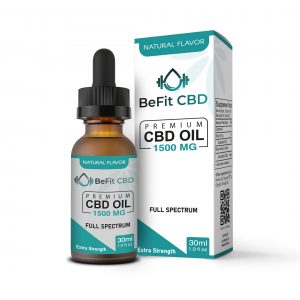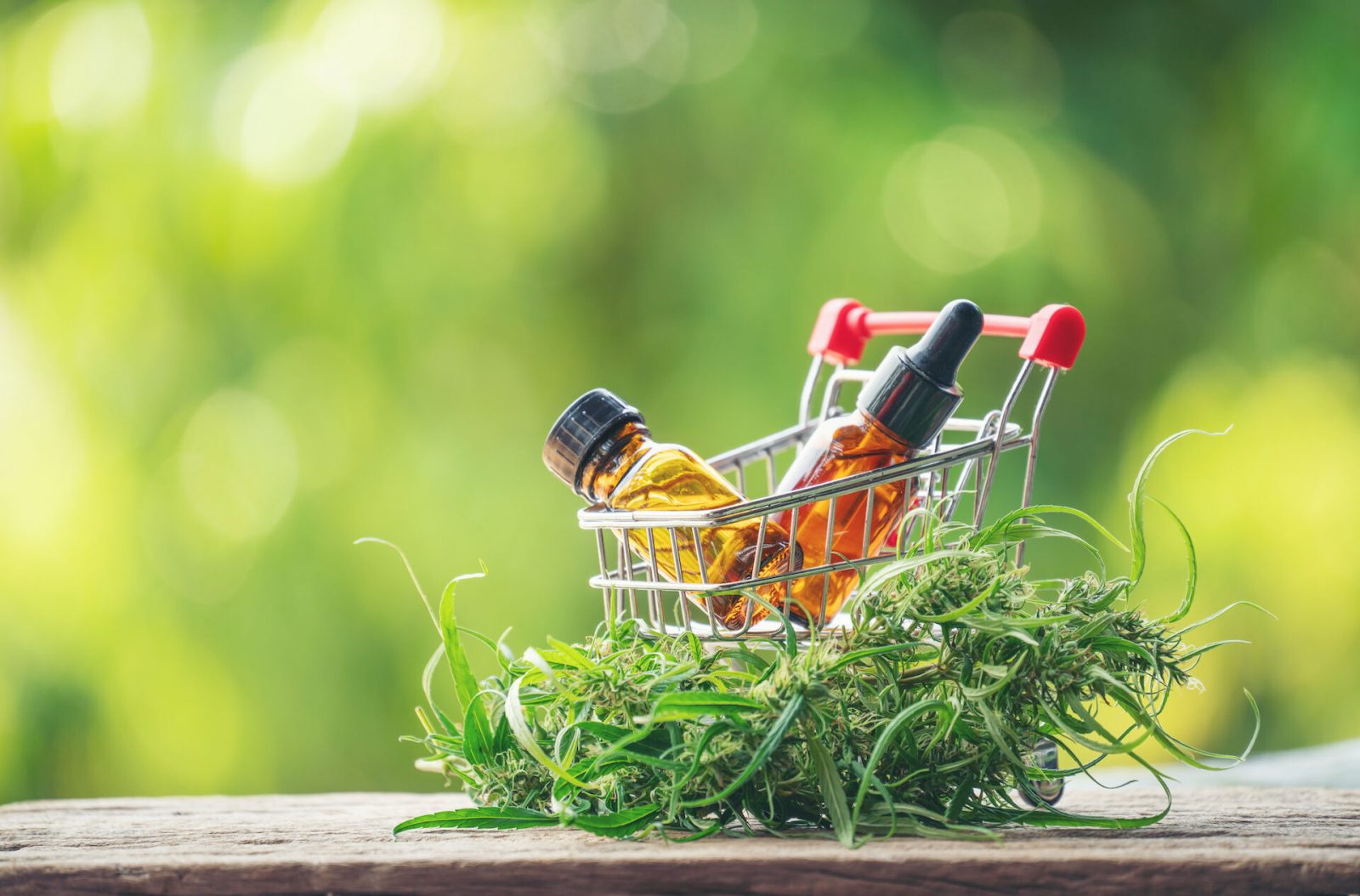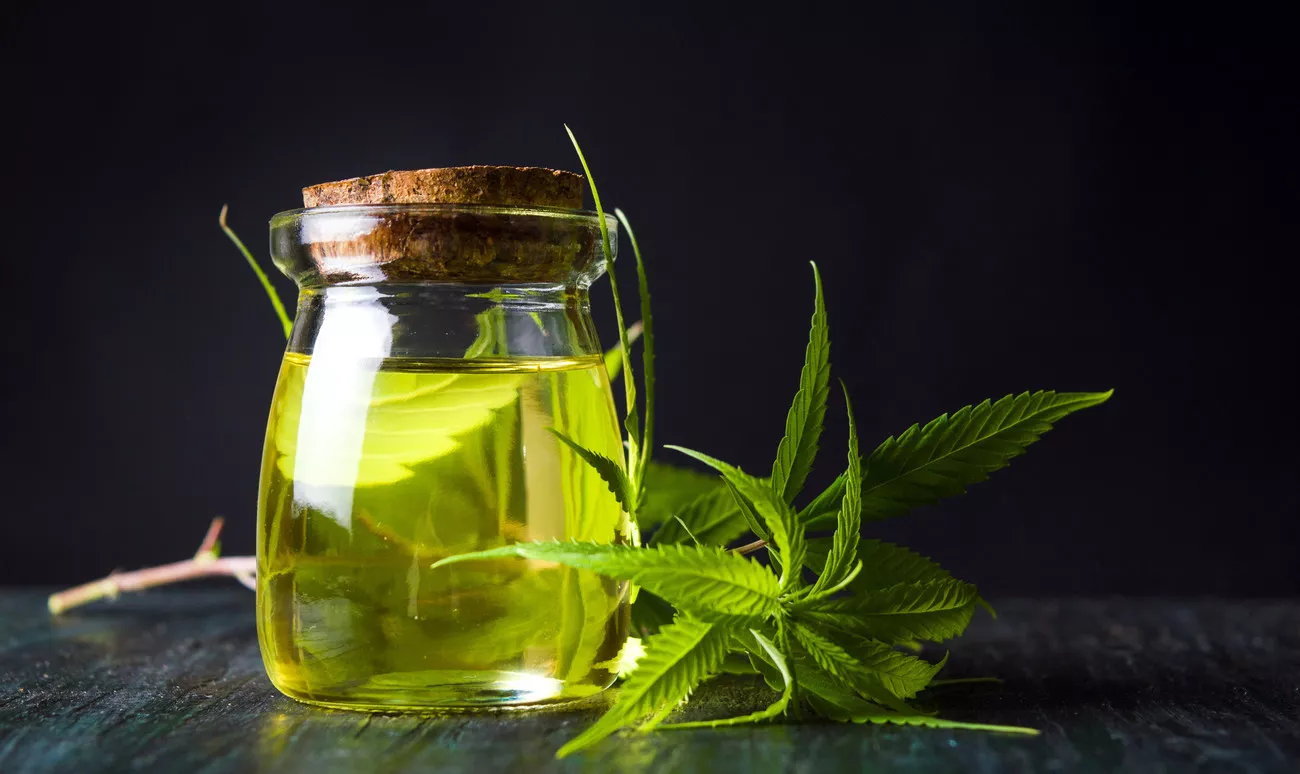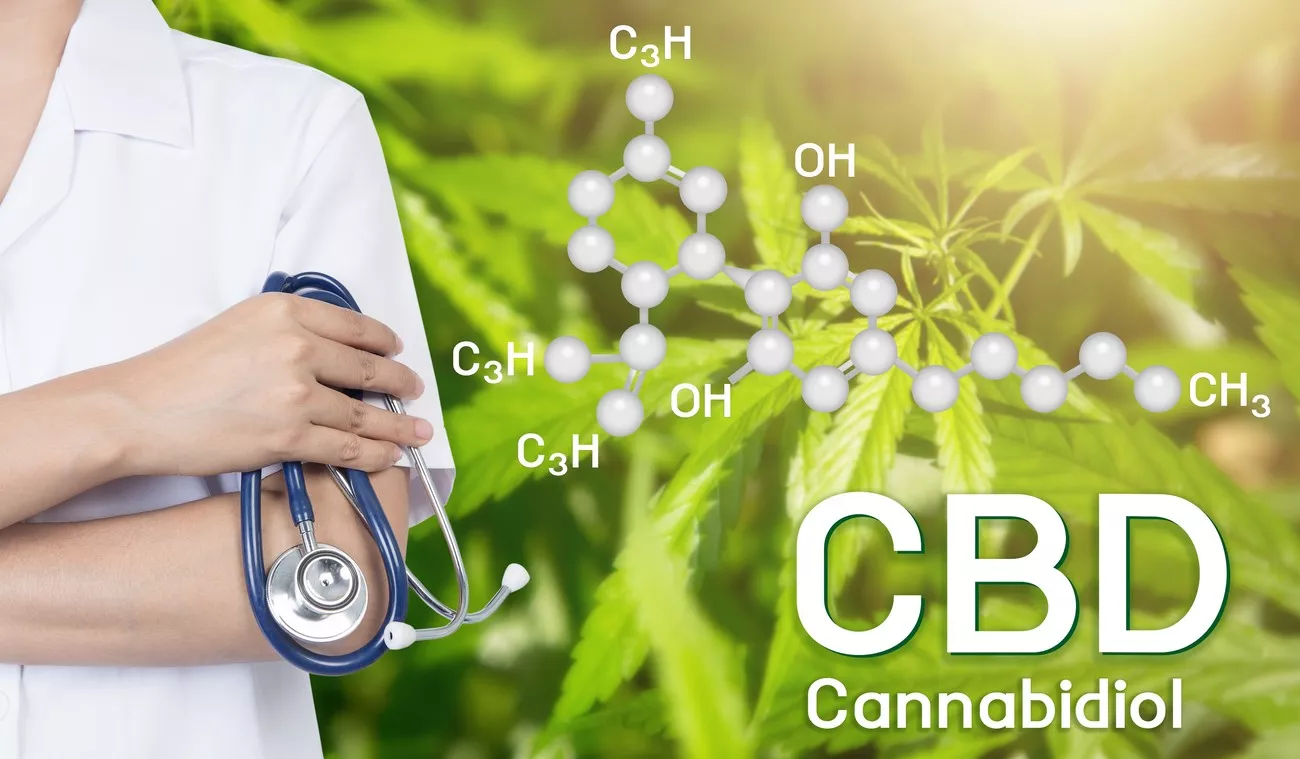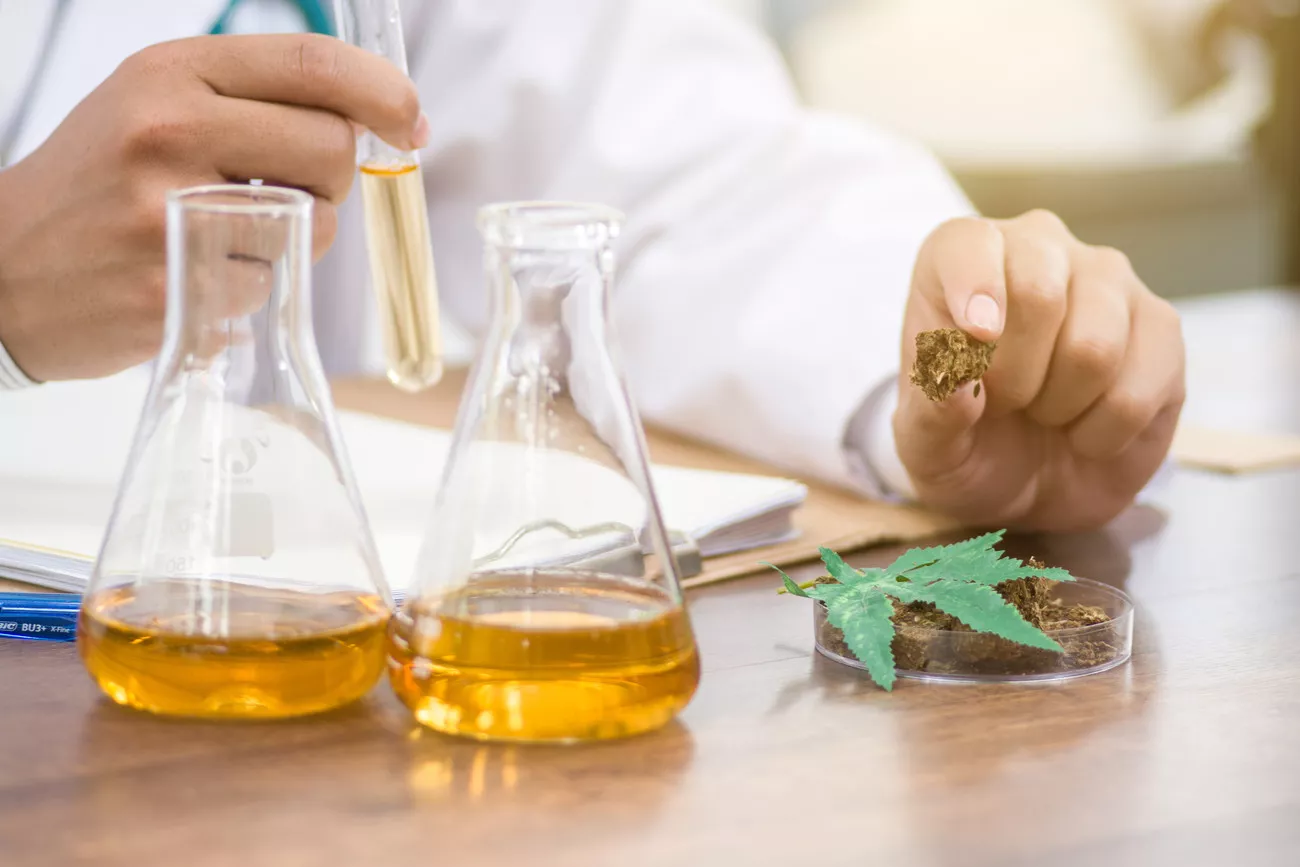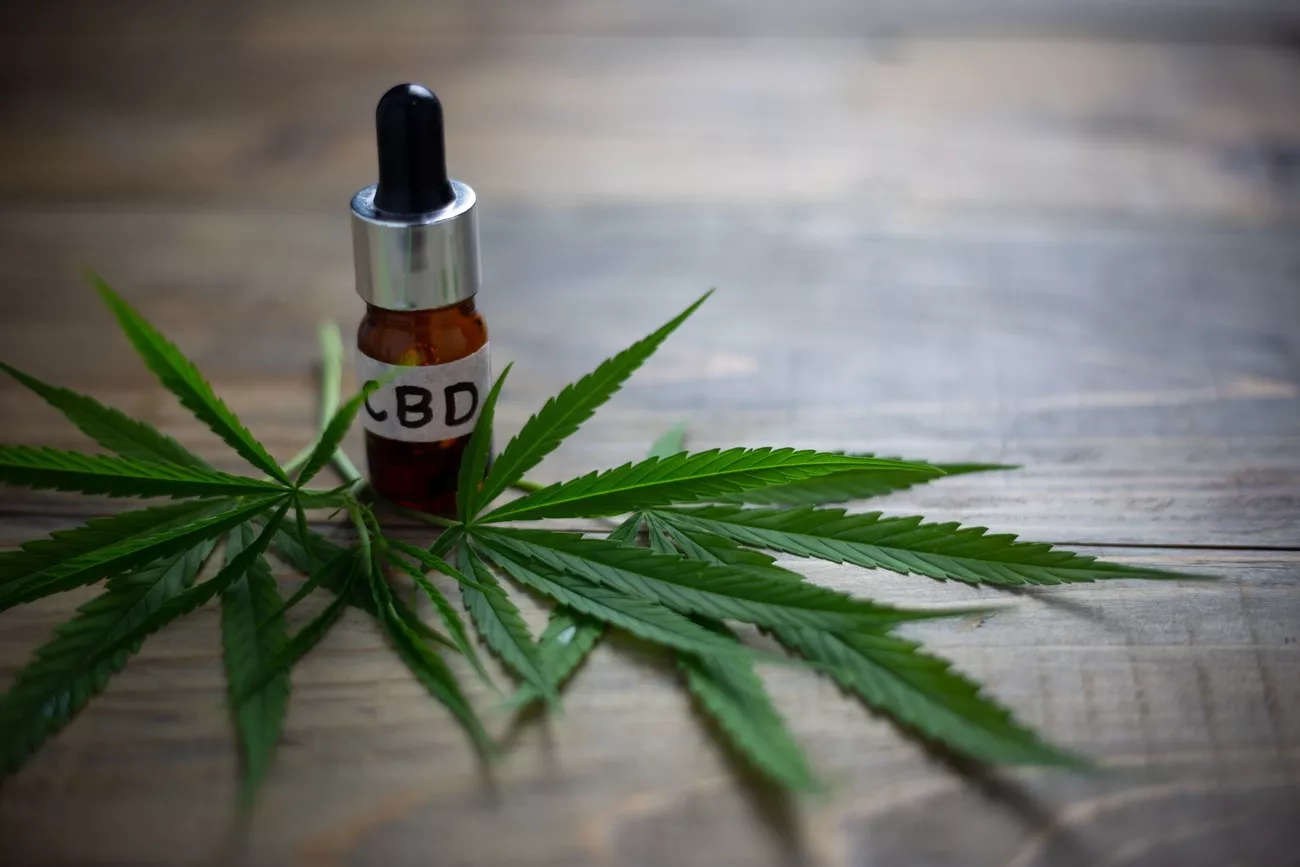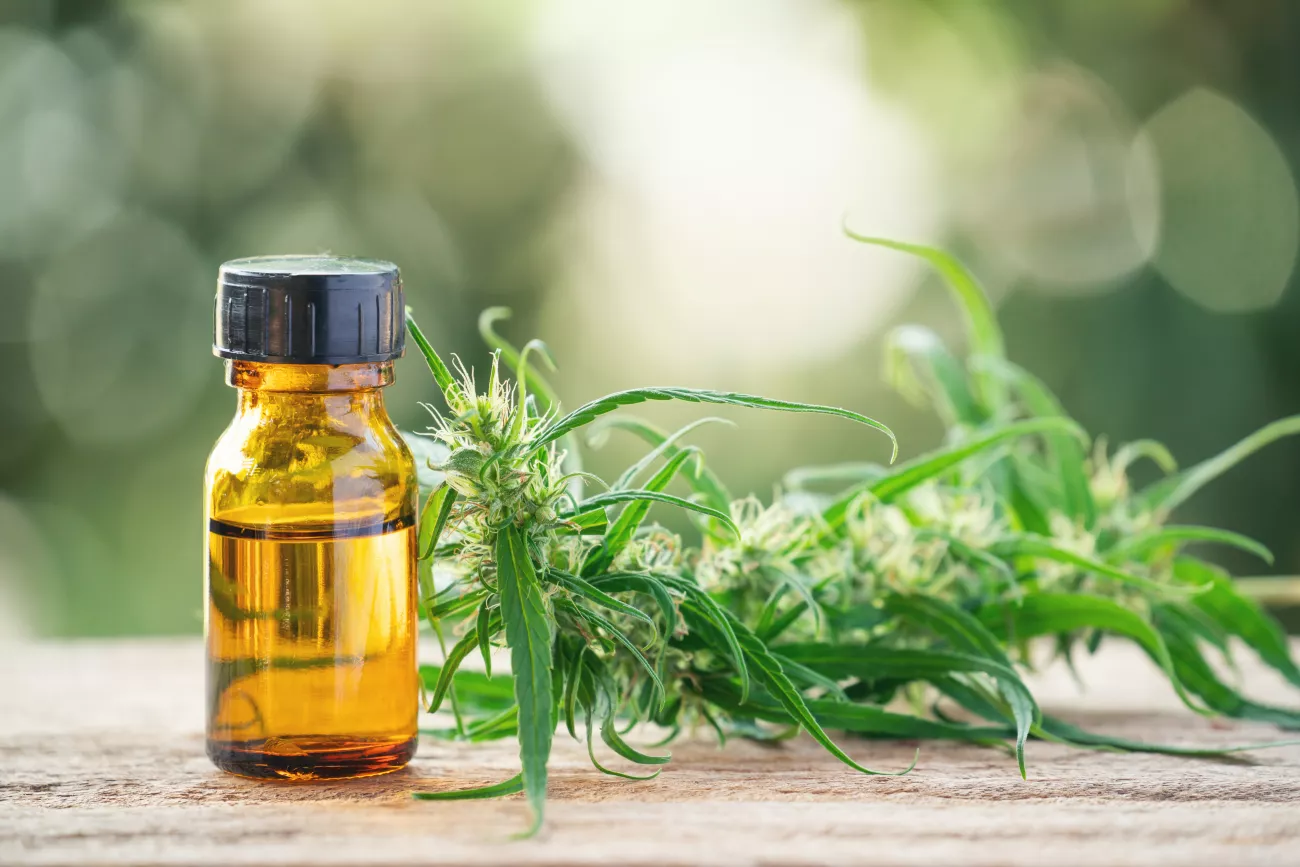Learn about the available CBD types, including broad-spectrum, full spectrum, and CBD isolate, along with the different extraction methods used, and dosage information before you begin your journey exploring CBD oils.
Among the wide array of CBD products on the market, many might read “Full Spectrum” on the label, while another brand features “CBD Isolate.” How do you know which one is best for you?
When considering which CBD-infused products to purchase, it is important to understand the ingredient list, quality of the brand, extraction methods, and overall information about the type of CBD in order to make a responsible decision on which CBD oils will work best for your lifestyle.
There are some not-so-obvious but key differences between the main types of CBD, so we have defined them briefly for you below.
TYPES OF CBD OILS
What is CBD Oil?
CBD oil is a term that refers to oil that contains a high concentration of cannabidiol (CBD). It is typically extracted from the leaves and buds of hemp that has been cultivated specifically to have a high CBD concentration and only trace amounts of THC. It can be extracted from the cannabis plant as well, however this method allows for more THC content. Keep in mind that THC is the compound responsible for the “high” or euphoric feeling. CBD does not provide this effect and is much more therapeutic in nature.
Setting out to buy your first CBD-infused product could be quite a confusing process. There are a wide variety of terms that are often used to sell CBD, including: – whole plant, isolate, broad spectrum, full-spectrum, extraction method, and many more.
Without a proper understanding you could possibly end up buying a product that doesn’t suit your specific needs. This article is designed to walk you through several key terms that are helpful when looking for high-quality and effective CBD oils that will provide maximum results.
In addition, we are going to take it a step further and discuss broad spectrum, full spectrum, and CBD isolate options that are also available today. Let’s begin.
Full-Spectrum CBD Oil
Full-spectrum CBD products contain a more specialized range of cannabinoids and terpenes. This full range profile will provide the maximum level of entourage effectiveness, assuming that a high-quality extraction method was utilized. The chemical content of a full-spectrum CBD extract most closely mirrors that of the plant.
When searching for a quality full-spectrum product, it is paramount to look for lab test results that show the percentages of each cannabinoid present in the product. Reputable CBD vendors routinely conduct third-party lab tests to ensure accuracy and consistency. This information will be provided for all of their products.
Full-spectrum CBD products contain THC; however, levels are very low in most cases (less than 0.3 %). This is because (for most products), CBD oil is derived from low-THC industrial hemp as opposed to high-THC cannabis. Most CBD companies adhere to these standards. It is important to note that at these low levels, the THC will not produce a “high” when used at regular doses. Again, be sure to look at the lab test results before purchase of any CBD-infused product to ensure that you know exactly what you are taking.
Broad Spectrum CBD
Many products available today advertise as broad-spectrum, meaning that the product contains a limited cannabinoid profile. This term is most often used to describe products that have removed all THC content. Products such as these eliminate the need for the user to ingest THC while still receiving most of the entourage benefits of a full-spectrum product.
CBD Isolate
Like all other cannabinoids, CBD can be isolated down to the single molecule. The resulting product is a fine white powder that is very highly concentrated (99% +) cannabidiol. This isolate is then added to a variety of different carriers for human consumption. For example, CBD isolate is often added to MCT oil (medium-chain triglycerides), as well as a variety of other products where oil would not be appropriate.
It is important not to confuse this with a broad-spectrum product because the plant’s naturally occurring terpenes were removed during the processing that was required to make the isolate. Some companies, however, choose to add these terpenes back to the final product and are commonly referred to as “terpsolates.”
Important to Note
Unfortunately, there are many shady companies out there that are flooding the market with sub-par products that do not contain what is advertised. As a potential CBD user looking for the best CBD-infused products, you will want full-spectrum CBD oil to achieve optimal results. Be sure to understand the extraction method that was utilized and read lab tests for each of the products that you plan to purchase.
For consumers wishing to bypass any THC for any number of reasons, a broad-spectrum CBD or CBD isolate product offers maximum therapeutic benefit without risk of THC exposure.
Always Check the Lab Results!
Labeling today can be intentionally misleading and many less-desirable companies are labeling their products quite deceptively. The only surefire way to know what you are buying is by checking the lab results.
Quality CBD brands provide product and batch level reports from a 3rd party lab. Checking these reports is the only way to ensure that you know exactly what is in the CBD-infused product that you plan to consume.
CBD Extraction Methods
The purpose of cannabidiol (CBD) extraction is quite simple – to capture the cannabinoid in highly concentrated forms in order to make it suitable for human consumption. The plant being utilized, whether it be cannabis or industrial hemp, must be as rich in CBD as possible. This article will examine the four most common CBD oil extraction methods used today.
There are four methods for CBD extraction – the CO2 Extraction method, the Olive Oil Extraction method, the Dry Ice Extraction method, and the Solvent Extraction method. All of these have been proven to work effectively, though some work a lot better depending on your situation.
CBD Extraction Methods
The purpose of cannabidiol (CBD) extraction is quite simple – to capture the cannabinoid in highly concentrated forms in order to make it suitable for human consumption. The plant being utilized, whether it be cannabis or industrial hemp, must be as rich in CBD as possible. This article will examine the four most common CBD oil extraction methods used today.
There are four methods for CBD extraction – the CO2 Extraction method, the Olive Oil Extraction method, the Dry Ice Extraction method, and the Solvent Extraction method. All of these have been proven to work effectively, though some work a lot better depending on your situation.
CO2 Extraction Method
This particular form of CBD extraction is divided into the following categories: supercritical, subcritical, and “mid-critical.” The most common technique is the supercritical technique because it provides a pure product and is widely considered to be a safe process. To put it simply, CO2 extraction utilizes pressurized carbon dioxide (CO2) in order to “pull” cannabidiol (CBD) and other compounds from the plant.
Pros of CO2 Extraction
- High Safety Profile: CO2 is widely used to produce carbonated soft drinks and is a common food additive as well.
- Effectiveness: The CO2 extraction method has been utilized by the food industry for years. For example, it is used as an extraction solvent for the production of essential oils and to remove caffeine from coffee.
- Purity: Cannabinoids are potent and chlorophyll-free with minimal risk of contamination.
Cons of CO2 Extraction
- Expensive: This process can only be completed with the use of extremely expensive and highly specialized equipment; the estimated cost being somewhere around the $39,000 mark.
- Technical Ability: The CO2 extraction method is not something that should be attempted by amateur chemists.
The Olive Oil Extraction Method
While ethanol and other liquids are commonly used in the extraction process, olive oil is the most common substance that can be utilized for at-home extractions. Once the raw plant has been properly decarboxylated (meaning that the plant’s active compounds have been activated), it is then introduced to olive oil and heated for anywhere from 1-2 hours. This process results in the extraction of the plant’s cannabinoids, including cannabidiol (CBD).
Pros of Olive Oil Extraction
- Very Safe: This method can easily be done at home and you don’t need to utilize expensive and highly-specialized lab equipment.
- Inexpensive: You can set up everything that you need without breaking the bank. Olive oil is an easy-to-find and affordable item that can be picked up at your local grocery store and you probably already have an oven to use for heating.
Cons of Olive Oil Extraction
- Perishability: It doesn’t matter if the infused oil is high in CBD, THC, or both, it is extremely perishable. Store product in a cool, dark place when not in use.
- Low Yields: This type of extraction only produces considerably lower yields. This drastically lowers the chance of a company utilizing it due to the labor-intensiveness of this method.
The Dry Ice Extraction Method
Another extraction technique that can be executed from the comfort of your own home is the dry ice extraction method. It is important to note, however, that this process takes considerably more effort and time when compared to its olive oil equivalent. In addition to the hemp or cannabis plant itself, you will need the following equipment:
- About three pounds of dry ice
- A large mirror or piece of Plexiglas
- A putty knife or paint scraper
- Thick, heat-resistant gloves, and eye protection
- A clean 5-gallon plastic bucket
- 3 bubble hash mesh bags; sizes are: 73, 160, and 220 microns
- 3 large, clean glass jars for storage
After the hemp or cannabis is chopped into small pieces, it is then placed into a bucket. The plant is covered with dry ice and then left alone for about three minutes. This process causes the trichome resins to freeze. (Note: It is best to only fill the bucket about halfway.) The 73-micron bag is fitted over the bucket and then shaken for about four minutes – this removes the frozen trichomes.
The bucket is then turned upside down over the Plexiglas and shaken again to remove the highest amount of resin possible through the mesh bag. The collected hash is scraped off the Plexiglass with a scraper and then placed into jars for storage. This process is then repeated with 160 and 200-micron mesh bags, yielding three different extracted strains.
Pros of Dry Ice Extraction Method
- Ease of Use: The process discussed above is very simple to understand and instructions are easy to follow.
- Clean: Unlike other extraction methods, the dry ice extraction process yields very little clean-up time.
- Decent Yield: This process yields a lot more in comparison to the olive oil extraction method.
Cons of Dry Ice Extraction Method
- Low-Quality: This is completely dependent upon the preparer, but the quality of the product can be easily ruined if shaken for too long.
- Not Always Easy to Obtain Dry Ice: The accessibility of dry ice is widely dependent on where you live. It isn’t always easy to get your hands on three pounds of dry ice with the exception of online ordering, which may be quite expensive to ship.
The Solvent Extraction Method
Butane, ethanol, and low-grade alcohol are the most common substances that are utilized in the solvent extraction process. Ethanol is capable of extracting a full range of the plant’s cannabinoids and terpenes, but it extracts the chlorophyll as well, which can lead to some pretty unpleasant side-effects. It is possible to remove the chlorophyll by filtering the extract, however, this significantly reduces the potency of the oil. The extraction liquid (either ethanol, butane, or alcohol) is added to the raw plant material to strip it of its flavor and cannabinoids and will probably take away some of its green coloring as well.
Once enough of the cannabinoids have been collected in their liquid form, the liquid is then heated to evaporate its contents down to the base CBD oil. Butane yields a strong oil as compared to ethanol, but it is also far more likely to contain irritating solvents that could potentially harm the lungs.
Pros of Solvent Extraction Method
- Appropriate for Certain Products: If a high-grade alcohol is being utilized, the resulting product will be high-quality oil that is suitable for vaping cartridges.
- Straightforward Process: Once the equipment is obtained, the process is not at all difficult to understand and complete.
Cons of Solvent Extraction Method
- Extremely Dangerous: Ethanol and butane are both highly combustible – making it too dangerous of a process to undergo in one’s home.
- Potentially Harmful: In addition to destroying plant waxes, this extraction process may also produce an oil that contains harmful contaminants like chlorophyll.
Final Words About CBD Extraction
When searching for a CBD-infused product, it is important to know which extraction method was utilized in its making. It would also be beneficial to have a general understanding of the various CBD extraction processes because they each have major impacts on the quality of the end product (not to mention your health).
Supercritical CO2 is the method most widely used by various CBD companies, however, it is a costly process. Consumers who create their own CBD-infused oil and products tend to use either the olive oil or dry ice methods because they are by far the easiest to follow and provide great purity and yield. Keep in mind that there are other extraction methods that were not discussed in this guide.
Medical Cannabis: Cannabidiol Dosing 101
It is crucial for new and experienced CBD users alike to thoroughly understand how cannabidiol (CBD) works and how to utilize it properly in order to achieve the optimal therapeutic result. In fact, one of the most frequently asked questions is in regards to proper CBD dosing.
While there are dozens of articles focused on the therapeutic benefits and medicinal application of CBD, few are centered around proper dosing guidelines. Without further ado, let’s begin.
RECOMMENDED DAILY INTAKE
Understanding how to properly dose your daily intake of CBD is crucial for all new and experienced CBD users alike. With Diamond CBD’s easy-to-follow guideline on how to properly measure out the dosage, you can optimize the level of accuracy and precision of how much CBD you’re getting on a daily basis.
That being said, dosing is not exactly a straightforward topic. This is because, unlike other supplements, the U.S. Food and Drug Association (FDA) has yet to create a Recommended Daily Intake (RDI) for cannabidiol – meaning that CBD does not yet have an official serving size. This has resulted in consumers having to blindly estimate their dose amount and strength based almost entirely on the recommendation from friends, or the companies and brands that make and distribute them.
The most common instruction is to take a full dropper’s worth once per day or as needed. While this dosage may work for some, there is no way to know if it’s the right dosage for everyone else because it doesn’t consider certain important factors, such as:
- The individual’s unique body chemistry
- The weight of the individual
- The severity of the condition(s) being treated
Taking this into consideration, CBD has no “one size fits all” dosage – meaning that some trial and error will be expected while gauging your ideal dose strength and amount. So how then do you decide how much CBD you should take? Begin by using these three simple steps to find out…
HOW TO DETERMINE YOUR IDEAL CBD DOSAGE
- Estimate your dosage based upon your body weight
As with most other substances, consumers with more body mass require more CBD in order to experience its effects. A good rule to follow when determining an optimal dose of CBD is to take anywhere from 1-6mg for every 10 pounds of body weight based upon the consumer’s level of pain. For example, a great starting dose for someone who weighs 150lbs would be somewhere between 15-25mg, and a 200lbs patient would range from 20-33mg.
- Start small and gradually increase
Never follow a dosing recommendation based solely upon another’s claim, no matter how great the benefits may sound because it may not work in the same way for you – this is true even if you are both approximately the same weight. This is because not only are we each made differently, but we each also have a unique history regarding the use of medications, supplements, substances, and anything else that is consumed into the body. Each of these factors contribute to our own unique body chemistry and drastically affects how our body will respond to CBD.
With this in mind, the best approach in determining the optimum dose for you personally is to begin with an initial dose based upon your body weight (see above chart). From there, you can gauge how your body reacts to that amount of cannabidiol before gradually increasing or decreasing as you deem necessary. Carefully monitor your reactions until you find the perfect dose that yields optimal therapeutic effects for you and your condition.
- Consult with a professional healthcare provider (where applicable)
As it stands currently, 32 different states plus Washington D.C. have passed legislation to legalize cannabis use (and CBD as a byproduct) for either medical or even recreational use.
Consumers living in these select states have an added advantage of being able to speak with a healthcare professional to learn not only if CBD would be a suitable treatment for them, but proper dosing instruction and guidelines as well. If you do not have this luxury, follow steps 1 and 2.
HOW TO ACCURATELY MEASURE CBD DOSAGES
Now that we have discussed how much CBD one should consume, another important factor is how to properly and accurately measure a dose. This may seem unimportant to some, but think about it: how much CBD is in a full dropper of tincture or how much is in a single puff from a vaporizer?
Knowing how much CBD to take is worthless without gaining a proper understanding of how to accurately measure a dose. With numerous application methods, it’s often difficult to know exactly how much CBD is being administered. Below are a few of the most common ways to consume CBD and how to accurately measure each dose.
HOW TO DETERMINE YOUR CBD TINCTURE DOSAGE
Consuming a CBD oil tincture is perhaps one of the easiest (and arguably best) ways to administer a dose of cannabidiol. The oil is simply applied under the tongue where it is then absorbed into the bloodstream.
For maximum therapeutic effect, it is important to let the oil set for as long as possible in order for maximum absorption to take place before swallowing. To determine exactly how much CBD is in a dropper’s worth of oil, simply utilize the following formula:
[TOTAL CBD IN BOTTLE] ÷ [NUMBER OF MILLILITERS IN BOTTLE] = MGS OF CBD PER DROPPER
For example, if you have a bottle of 30mL CBD tincture that contains 1500mg of CBD:
1500MG ÷ 30ML = 50MG CBD PER DROPPER
Granted, this method may not be 100% accurate, though it is far more accurate than not measuring at all. Again, always start a CBD regimen with small doses and gradually increase until you find the right amount that works for you. Refer to the aforementioned CBD by weight chart.
THE MOST ACCURATE WAY TO DOSE CBD
Considering that the aforementioned methods have only been semi-accurate, you may be wondering if there is, in fact, a 100% accurate way to dose CBD and there certainly is – CBD capsules. These are pre-measured with exact amounts and provide a truly accurate way to dose CBD. If you have found your optimal dose range to be between 16-25mg for example, simply purchase a bottle of either 20mg or 25mg capsules and take one daily.
It doesn’t get any easier than swallowing a capsule. It is important to note that, however accurate, taking CBD via the digestive tract is not considered to be the most effective consummation method.
We are not doctors and this article is not designed to diagnose or treat any condition. Always speak with a healthcare professional before adding any supplement into your daily diet. We hope that this CBD dosage guide has been both helpful and informative.
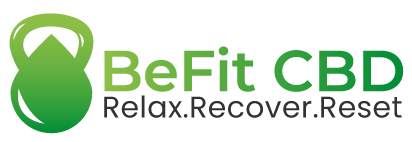
 FREE SHIPPING ON ALL PRODUCTS
FREE SHIPPING ON ALL PRODUCTS

